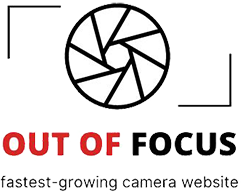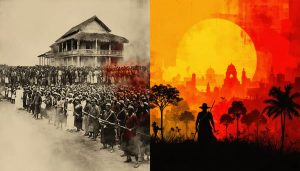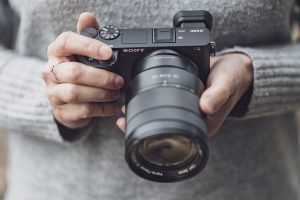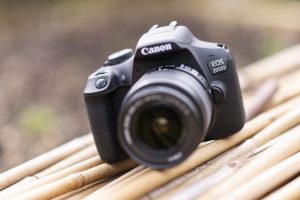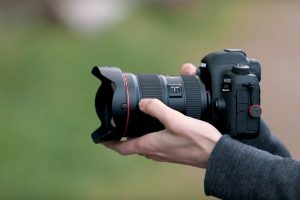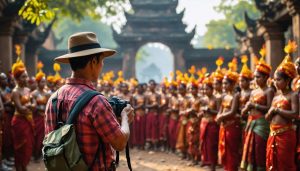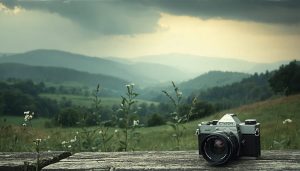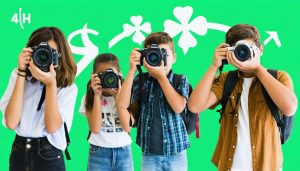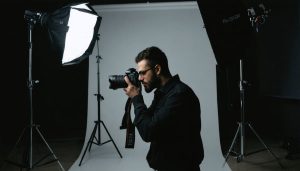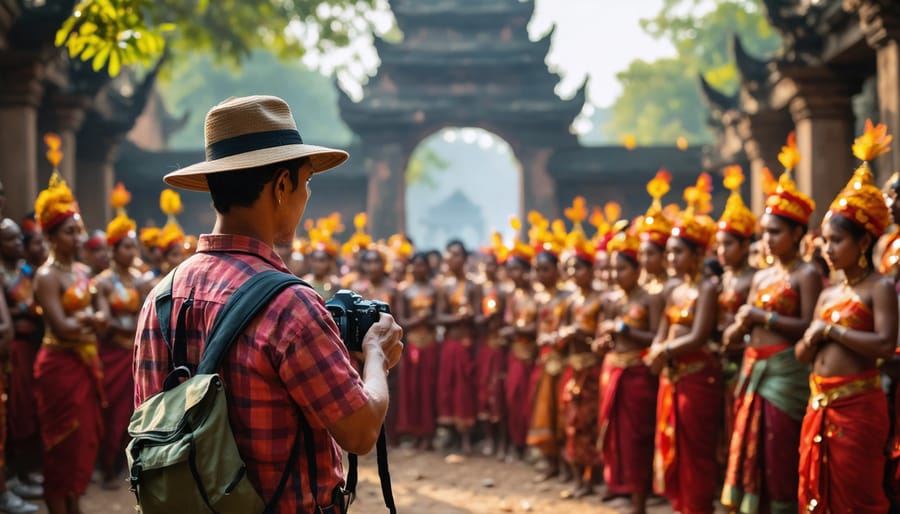
Master the fundamentals of composition by dividing your frame into thirds, positioning key elements along these intersecting lines to create visual balance and movement. Understanding how cultural narratives in photography shape visual storytelling transforms basic snapshots into meaningful documentation of traditions and heritage. Control light deliberately through the exposure triangle—aperture, shutter speed, and ISO—to capture the authentic mood and atmosphere of cultural ceremonies and daily life. Approach each shot with cultural sensitivity, seeking permission before photographing individuals or sacred practices, and learn the context behind the moments you’re capturing to tell stories that honor and preserve cultural identity.
These foundational principles bridge technical excellence with ethical documentation, enabling photographers to create images that resonate with authenticity while maintaining the highest standards of both artistic merit and cultural respect. Whether documenting ancient traditions or modern cultural expressions, these principles serve as your framework for creating photographs that not only capture moments but preserve heritage with dignity and artistic integrity.
Essential Camera Settings for Cultural Documentation
Exposure Triangle for Cultural Settings
Capturing cultural events requires a delicate balance of camera settings to respect both the atmosphere and the significance of the moment. In indoor ceremonies, such as religious services or traditional performances, you’ll often encounter challenging lighting conditions that test your mastery of the exposure triangle.
For indoor ceremonies, start with a higher ISO (typically 800-3200) to compensate for low light, but be mindful of noise in your images. Choose a wide aperture (f/1.8 to f/2.8) to let in more light while creating a pleasing separation between your subject and the background. Keep your shutter speed at least 1/100th of second to avoid motion blur from ceremonial movements.
Outdoor traditions present different challenges. In bright daylight, maintain a lower ISO (100-400) to preserve image quality. When capturing fast-moving traditional dances or processions, prioritize shutter speed (1/500th or faster) to freeze the action. Select a middle-range aperture (f/5.6 to f/8) to ensure multiple participants remain in focus while still providing some background separation.
Remember that certain cultures may have specific preferences about photography during ceremonies. Always adjust your settings beforehand to minimize camera adjustments during sensitive moments. This preparation allows you to focus on timing and composition while maintaining appropriate cultural awareness and respect for the proceedings.
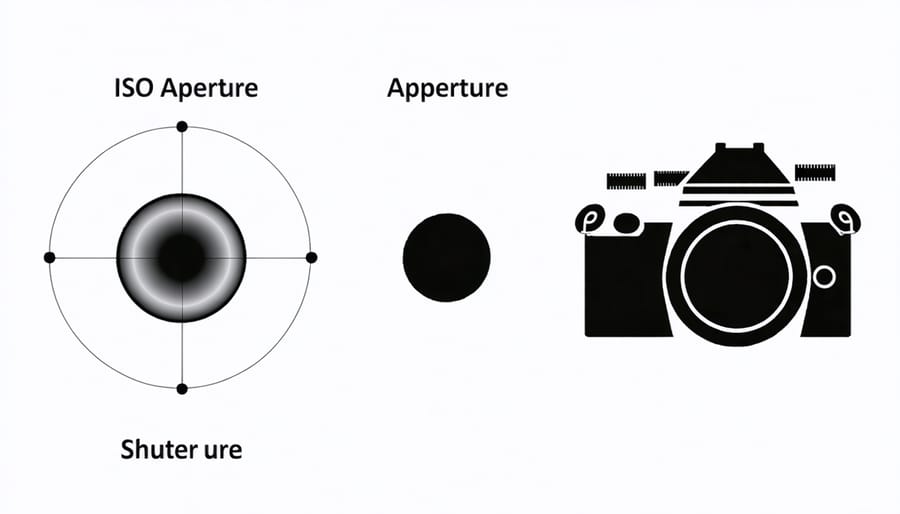
White Balance and Color Accuracy
When photographing traditional artifacts and cultural practices, achieving accurate color representation is crucial for maintaining authenticity. White balance plays a vital role in ensuring colors appear as they do in real life, regardless of the lighting conditions you’re working with.
Different light sources have distinct color temperatures – from the warm orange glow of traditional oil lamps to the cool blue tint of overcast skies. Your camera attempts to compensate for these variations, but it doesn’t always get it right. Using a gray card or white balance target before shooting helps establish a neutral reference point, ensuring colors remain true to life.
For heritage documentation, consider shooting in RAW format, which preserves more color information and allows for precise white balance adjustments during post-processing. When photographing textiles, ceremonial objects, or traditional artwork, accurate color reproduction is particularly important as these items often hold cultural significance tied to their specific colors and patterns.
Modern cameras offer preset white balance options like tungsten, daylight, and cloudy, but for the most accurate results, use custom white balance settings. This is especially important when working in mixed lighting conditions, such as documenting indoor ceremonies where both artificial and natural light are present.
Remember that different display devices may show colors differently, so it’s wise to calibrate your monitor regularly and consider the final output medium when making adjustments.
Composition Techniques for Cultural Documentation
Storytelling Through Framing
Framing in photography goes beyond simply composing a pleasing image – it’s a powerful storytelling tool, especially when documenting cultural heritage and traditional practices. By thoughtfully choosing what to include within your frame, you create context that helps viewers understand the significance of the moment you’re capturing.
Consider using natural frames within the environment, such as doorways, archways, or windows, to draw attention to your subject while simultaneously revealing important cultural elements. For example, photographing a traditional craftsperson through their workshop doorway can showcase both their work and their workspace, adding layers of meaning to the image.
Environmental framing also helps establish scale and relationship. When photographing ceremonies or communal activities, look for ways to frame the main action while including participants and observers. This might mean positioning yourself to capture both the focal point and the surrounding community through tree branches or architectural elements.
Remember that framing isn’t just about what you include – it’s also about what you choose to leave out. Sometimes, selective framing can help eliminate modern distractions that might detract from the traditional essence of your subject. However, be mindful not to artificially sanitize the scene; authentic documentation often means embracing the reality of how traditional practices exist within contemporary contexts.
Try varying your framing approach: tight frames can emphasize intimate details and craftsmanship, while wider frames can show how traditions fit into their broader social and physical environment. This thoughtful approach to framing helps create images that not only document but also tell compelling stories about cultural practices and their place in modern life.
Detail vs. Context Shots
In photography, the interplay between detail and context shots creates a comprehensive visual narrative that engages viewers on multiple levels. Detail shots zoom in on specific elements, textures, or features, revealing intimate aspects that might otherwise go unnoticed. These close-up photographs capture the fine craftsmanship of traditional artifacts, the intricate patterns in cultural dress, or the subtle expressions that make a moment memorable.
However, relying solely on detail shots can leave viewers feeling disconnected from the broader story. This is where context shots come into play. These wider, environmental photographs help establish the setting, show relationships between subjects, and provide a sense of scale and atmosphere. For example, while a detail shot might focus on an artisan’s hands working with clay, a context shot reveals their entire workshop, tools, and perhaps even other craftspeople at work.
The key to successful documentation lies in finding the right balance between these two approaches. A good rule of thumb is to work in pairs or sets: capture a detail shot, then step back for its corresponding context shot. This technique ensures you’re building a complete visual story that flows naturally from the macro to the micro level.
When planning your shoot, consider starting with context shots to establish the scene, then gradually moving closer to capture details. This approach helps you identify the most compelling elements worth highlighting while maintaining a clear connection to their environment. Remember that both types of shots serve different purposes but work together to create a more engaging and informative photographic narrative.
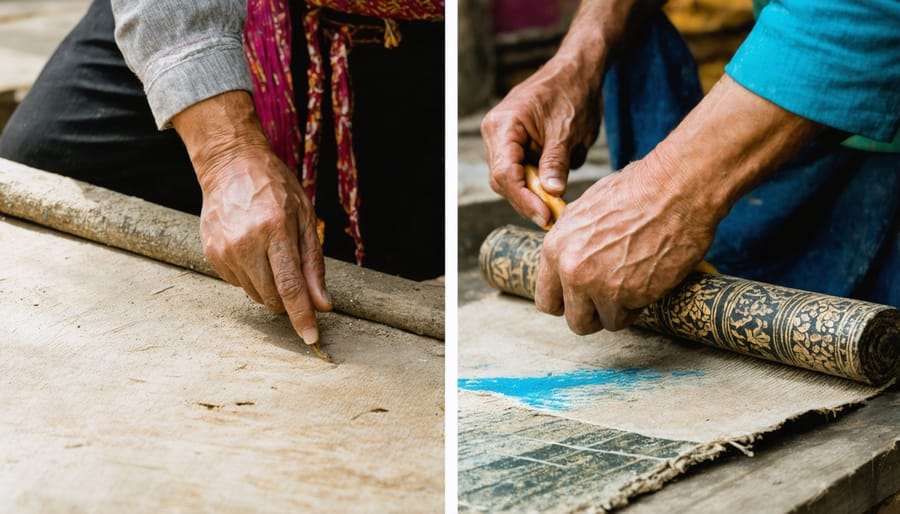
Ethical Considerations and Cultural Sensitivity
Permission and Consent
When photographing cultural practices or ceremonies, obtaining proper permission isn’t just a legal requirement—it’s a fundamental sign of respect. Start by identifying the appropriate community leaders, elders, or cultural practitioners who have the authority to grant permission. This process may require multiple conversations and building trust over time.
Before approaching anyone, research the cultural protocols and customs specific to the community. Understanding these nuances is crucial for cultural representation through photography and shows your commitment to respectful documentation.
When requesting permission, be clear about your intentions, how the images will be used, and who might see them. Some practices may have specific restrictions about what can be photographed or shared. Present your request both verbally and in writing, offering to sign formal agreements if required.
Remember that consent is often an ongoing process rather than a one-time permission. Some communities may want to review images before publication or have specific requirements about image storage and sharing. Be prepared to:
– Share contact information and maintain communication
– Provide copies of photographs to the community
– Respect any restrictions on certain ceremonies or sacred objects
– Honor requests to delete specific images
– Credit appropriate individuals or communities in publications
This collaborative approach ensures both ethical documentation and meaningful relationships with the communities you photograph.
Respecting Sacred Moments
Photography is a powerful medium for documenting cultural heritage, but it’s crucial to recognize when capturing an image might intrude upon sacred or private moments. As photographers, our responsibility extends beyond technical expertise to understanding and respecting cultural boundaries.
Before photographing any traditional ceremony or ritual, take time to learn about its significance and any specific photography restrictions. Many indigenous ceremonies, religious services, and cultural practices have strict guidelines about photography – some may prohibit it entirely, while others might allow it during specific portions only.
When permitted to photograph, maintain a respectful distance and minimize your presence. Use quiet camera settings, avoid flash photography unless explicitly allowed, and move discretely. Remember that your role is to document, not to direct or interfere with the proceedings.
Pay attention to subtle cues from participants and leaders. If someone appears uncomfortable with being photographed or gestures for you to stop, respect their wishes immediately. Building trust with communities often means knowing when to lower your camera and simply observe.
Consider consulting with community leaders or event organizers beforehand. They can provide valuable guidance on appropriate moments for photography and areas that should remain undocumented. This preparation not only shows respect but often results in better access and more meaningful images when the time is right.
The most memorable photographs often come from moments when we’re invited to document, rather than when we impose our presence. Sometimes, choosing not to photograph can build the relationships that lead to future opportunities for capturing truly significant moments.
Post-Processing for Documentary Photography
When editing documentary photographs, maintaining authenticity while enhancing visual clarity requires a delicate balance. The goal of authentic cultural documentation is to present reality as truthfully as possible while ensuring the images are clear and engaging.
Start with basic adjustments like exposure correction and contrast enhancement, but avoid dramatic changes that could alter the scene’s original mood or context. Adjust white balance only to match what your eyes saw during shooting, particularly when documenting cultural ceremonies or traditional clothing where color accuracy is crucial.
When it comes to cropping, maintain the original composition’s integrity. While minor crops to improve framing are acceptable, avoid removing contextual elements that tell part of the story. For instance, if documenting a traditional craft, ensure tools and materials in the background remain visible as they provide valuable cultural context.
Stick to these essential post-processing guidelines:
– Keep adjustments subtle and natural-looking
– Preserve skin tones and cultural artifact colors
– Avoid heavy vignetting or artificial lighting effects
– Use minimal sharpening to enhance detail without creating artifacts
– Consider converting to black and white only when it serves the documentary purpose
Remember to maintain consistent editing across series of related images. This helps create a cohesive visual narrative while preserving the authenticity of the documented moments. Archive both your edited files and untouched originals, as raw files serve as important historical records.
When sharing your work, be transparent about any post-processing decisions. This builds trust with your audience and respects the cultural significance of the moments you’ve captured. Consider creating editing presets specifically for documentary work to ensure consistency across projects while maintaining efficiency in your workflow.
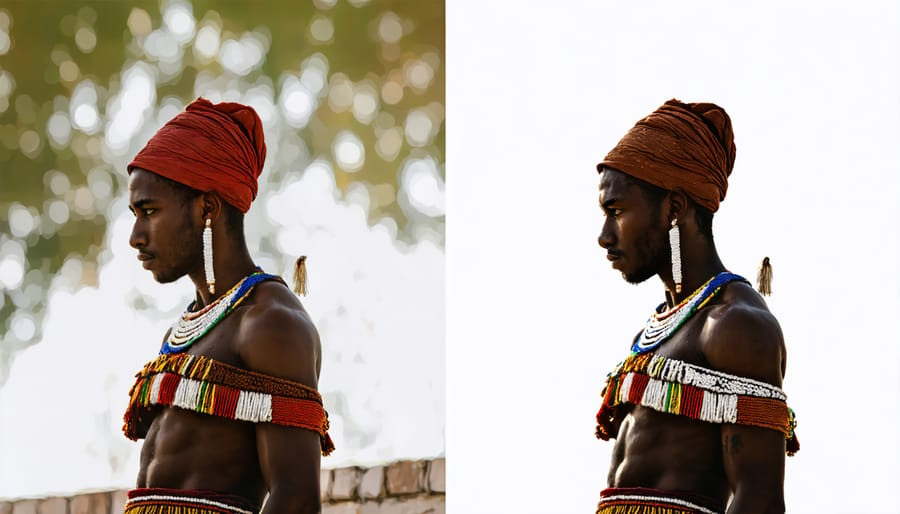
Photography is more than just capturing beautiful images – it’s a powerful tool for preserving our collective human heritage. Throughout this exploration of photographic principles, we’ve seen how technical skill and cultural sensitivity must work hand in hand. As photographers, we carry the tremendous responsibility of documenting traditions, customs, and ways of life that may be changing or disappearing in our rapidly evolving world.
The principles we’ve discussed – from mastering composition and lighting to understanding cultural contexts and obtaining proper permissions – form the foundation of ethical and effective cultural documentation. When we approach photography with respect, awareness, and technical excellence, we create images that not only tell compelling stories but also honor the communities we photograph.
Remember that every photograph we take becomes part of the historical record. Future generations may rely on our images to understand their heritage and connect with their past. This makes it crucial to maintain high standards in both our technical execution and our ethical approach to documentation.
As you continue your photographic journey, strive to balance artistic vision with cultural responsibility. Take time to build relationships, understand contexts, and perfect your craft. By doing so, you’ll contribute meaningfully to the preservation of cultural heritage while creating images that resonate with authenticity and respect.
The power to document and share stories through photography is a privilege – let’s use it wisely and conscientiously.
